Repair outfit iFixit and the Public Interest Research Group have asked the FTC to introduce new Right to Repair rules that could make it easier for device owners to fix broken hardware themselves.
iFixit and PIRG submitted a petition to the Federal Trade Commission on Tuesday, asking for the creation of rules to maintain the public has the ability to repair hardware, or the so-called "Right to Repair."
In a blog post outlining the reasoning, iFixit explains that it's petitioning the FTC because it is the strongest organization of consumer protection, and because it needs to update its rules.
The FTC has performed a number of actions to help further the Right to Repair movement, including investigations into the matter that resulted in the Nixing the Fix report of 2021. At the time, the FTC found there was "scant evidence to support manufacturers' justifications for repair restrictions.
Following a call by President Biden in 2021 to do more to enforce rules on the right to repair, the FTC went after a number of companies the following year. Harley-Davidson, Weber, and Westinghouse included language in their manuals saying customers must use manufacturers' own repair services, which goes against a law from 1975 that made it illegal to void a warranty for independent repairs.
"But, the FTC can only take action on something if they've got relevant rules in place," explains iFixit. "And a lot of the things that manufacturers are doing to block repair are new enough that the FTC never ruled against those things before."
Examples given by iFixit of such techniques are seemingly Apple-specific, including the use of proprietary screws like Pentalobe screws, as well as Apple's parts pairing system that effectively blocks repairs without Apple's intervention.
The New Rules
The FTC petition wants the regulator to "engage in a rulemaking process to create new Right to Repair rules to deal with these new blocks that manufacturers have put in place."
The list of suggested rules include ensuring "consumable components ought to be replaceable and readily available throughout a product's usable lifespan," with commonly broken parts handled in the same way. Consumers should also be allowed to choose to take damaged products to a repair shop of their choice or fix it themselves.
In cases where manufacturers stop supporting a product, key functions "ought to remain intact," and the hardware should remain repairable by independent repair shops, the petition adds. Those repair should also should not be "required to report customers' personally identifiable information to the manufacturer."
Going against parts pairing, one line states "Identical components from two identical devices ought to be interchangeable without manufacturer intervention.
There is also the suggestion that a repairability scoring system gets created for appliances, administered by the Energy Guide program, which could be placed on the yellow Energy Guide stickers applied to some appliances.
"We live in a world surrounded by things that should last and be fixable, but instead, end up thrown away too soon," according to PIRG Right to Repair campaign director Nathan Proctor. "As the FTC and others have noted, that drains our wallets, fuels an electronic waste crisis and undermines local repair shop businesses. The FTC clearly plays a role in fixing these problems, allowing us to fix our modern devices."
While there is a chance the FTC will respond positively to the petition, it could take the regulator years for any action to become useful to the public. It could be "a few years" before results come to light, iFixit admits.
An anti-Apple petition
The petition doesn't specify Apple directly, but its inclusion of fighting parts pairing and the availability of components have been a problem for the movement's dealings with the iPhone maker.
Apple has frequently been the target of complaints from iFixit, as well as third-party iPhone repair shops, citing delays in parts processing and steep costs.
For its part, Apple has made some changes in how it operates to make repairs easier to undertake. It has launched self-service repair programs, voiced support for a California right-to-repair bill, and has insisted its part and documentation availability will widen soon.
 Malcolm Owen
Malcolm Owen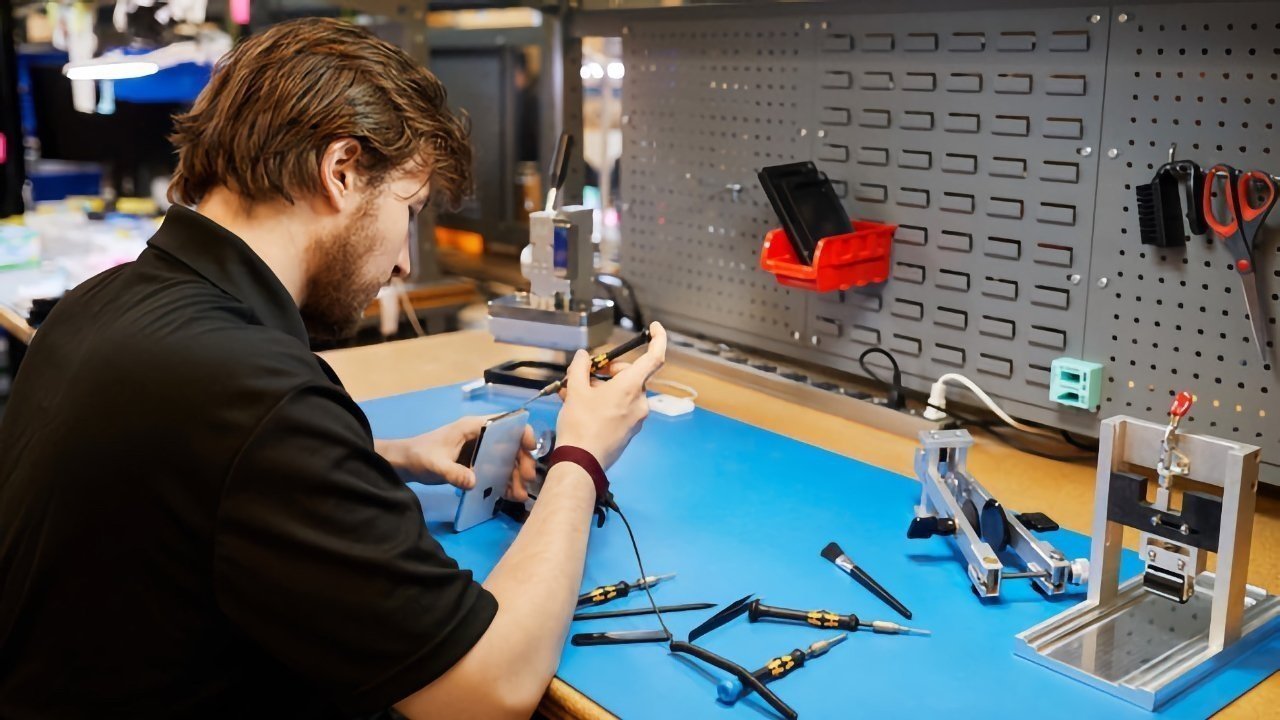
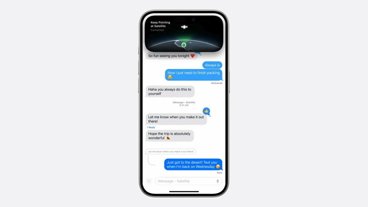
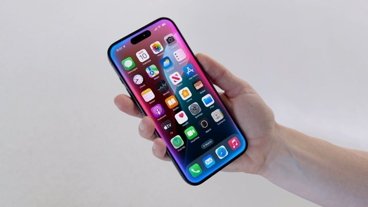
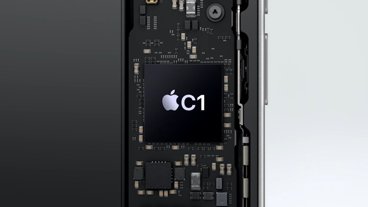




-m.jpg)





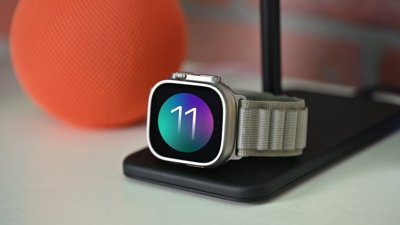
 Amber Neely
Amber Neely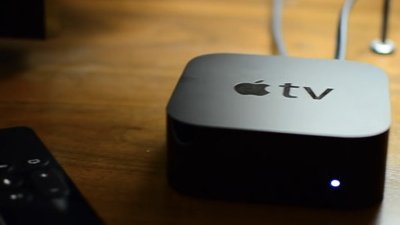

 Wesley Hilliard
Wesley Hilliard
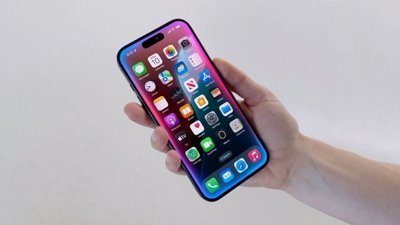

 William Gallagher
William Gallagher
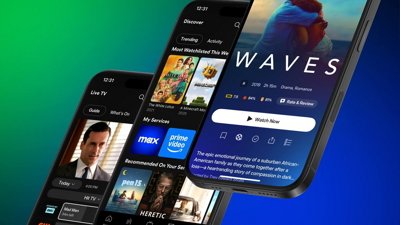


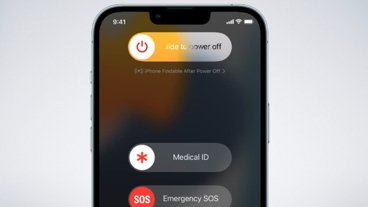







14 Comments
I demand the right to have my devices repaired by someone who knows what they are doing, with the right equipment, and environment to do it in, expertly and efficiently.
That ain't me.
iFixit is doing this because they care about consumer protection ;)
Right to repair should definitely be applied to the battery since that will likely need replacement every 3 years. This is the closest thing to the origins of right to repair in the tractor and automobile industry. In my opinion, right to repair should relate to wear and preventive maintenance, not damage.
Apple has already endorsed the California R2R act and is applying that state law to its operations across their US operations. Anyone who wants to repair their own devices can now get access to the tools and manuals needed to do that. There is a deposit cost up front, and the cost to repair it isn’t free, but in some cases it’s a bit cheaper* than taking it to an Apple Authorised Service Provider, and of course some people don’t have easy access to an AASP so this can work out well for them.
*Cheaper if your time and effort are of no value to you.
I’ve owned iPhones from the first day they were available. Always put them in a lipped case to prevent the glass breaking on the rare occasion that I drop them. So far, the only “repair” I’ve ever needed was for the iPhone 6s battery — and I got that done free (thanks Apple).
Make no mistake: iFixit are not doing this out of the goodness of their hearts. They want a law that allows the use of potentially third-party parts and cheaply made, higher-profit tools like the ones they sell. The California model protects consumers from that, allowing makers to use authorized parts they are sure will work properly. In extremely high-precision stuff like most of what Apple makes, that’s crucial.
One need only remember the ancient times before the iPhone (16 years ago....) to realize that this right-to-repair thing isn't as straightforward as companies like iFixit would like us to think.
It was a bit of a shock when the iPhone was introduced without a user-serviceable battery, for instance. The cell phones in everyone's pocket at that time had a removable battery in a phone with a snap-on battery compartment cover, or maybe just the whole back of the phone would come off. Most knew about this because when you dropped your phone, that cover would pop off and the battery would come flying out. If you can remember that, you can also remember that in many cases, rather than plugging your phone in to charge, you'd swap the battery out and put it in a separate charger. This meant you'd probably buy and keep two or three batteries for your phone, so that you could just switch them out, a depleted battery for a charged one. Chances are, you'd shop for cheaper third-party batteries, rather than the phone's expensive brand-name replacements. Is this the utopia we should return to?
Before deciding that user-serviceable batteries are all that, consider some of the changes resulting from the practice of sealing a battery up inside the phone.
It wasn't true right away with the first iPhone, but iPhone 15 Pro is water resistant rated IP68, meaning it will survive being submerged under six meters of water for 30 minutes. A 2006 cell phone could be toast if you spilled your drink on it.
Now, users keep only the one battery that's sealed inside the device. There are no loose extra batteries lying around. No one is buying the cheapest lithium ion (fire hazard, anyone?) spares and replacements they can find. Some people will buy external battery backup devices, but not everyone does that (probably most don't). So from an environmental perspective, there are fewer batteries being manufactured and lying around waiting to go to a landfill or to burn the house down. Also, if users could easily put in a cheap, third-party battery into their iPhone, who takes the PR hit and gets sued when that battery catches fire? Apple. Not cheapflammablebatteries.com.
So should users and independent repair shops be able to replace iPhone batteries? Maybe, but not at the expense of sacrificing what the current design offers. User-serviceability shouldn't mean the IP68 rating is reduced or goes away. Despite iFixIt's claims otherwise, it would seem that easy user battery access would likely result in more environmental problems, not less, and way more injuries and property damage from exploding batteries, not less, so it actually shouldn't be easy to pop the phone open to swap out the battery.
Finally, if the battery quality standards and up-side of the current sealed-in design remain in place, it seems likely that the profitability of third-party battery replacement would narrow significantly. To me, at least, the right-to-repair thing seems like yet another argument being made by critics who prefer to only look at one side of the ledger.